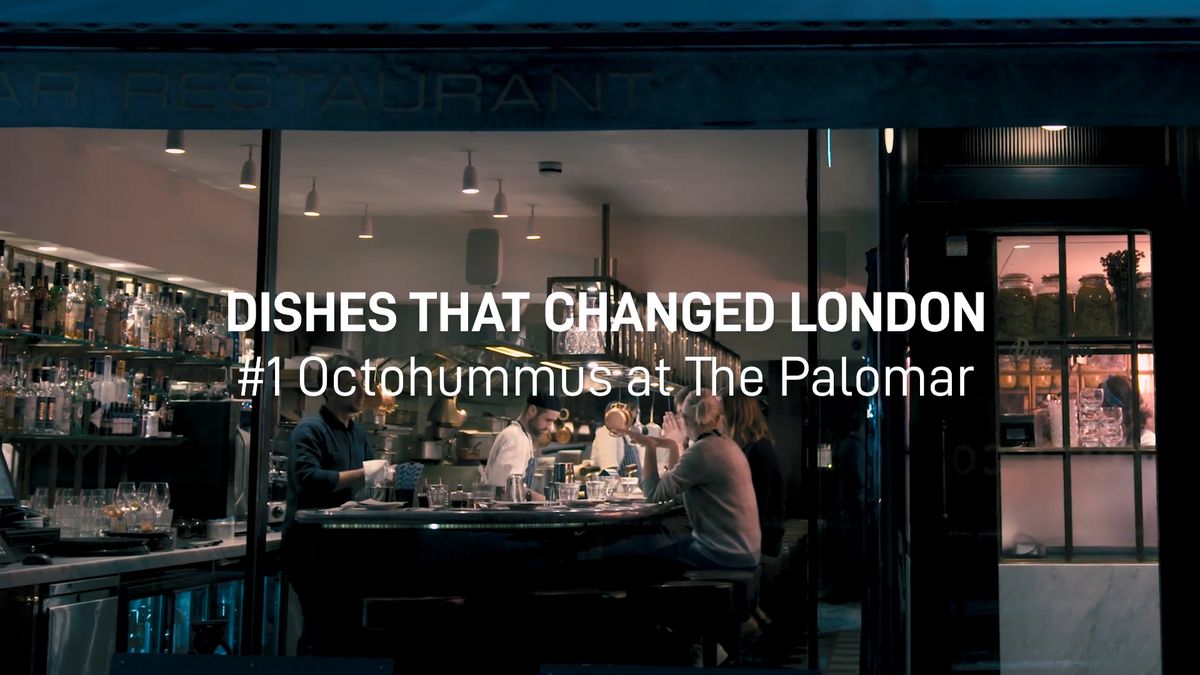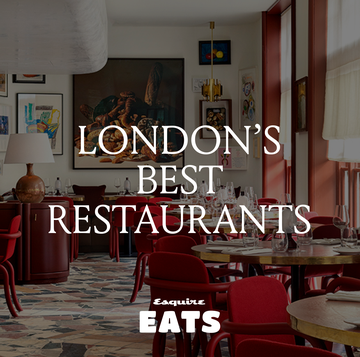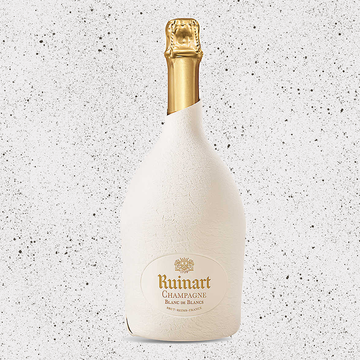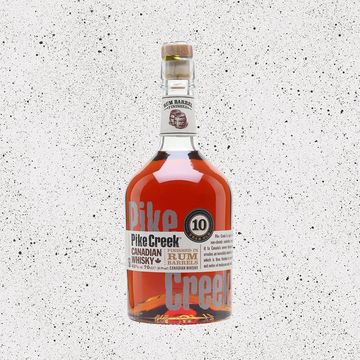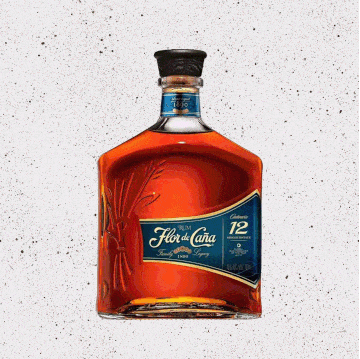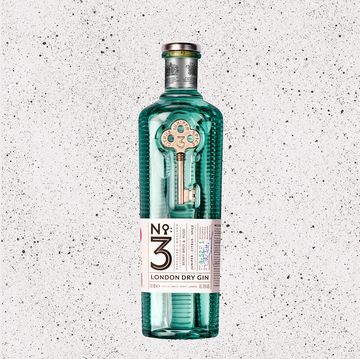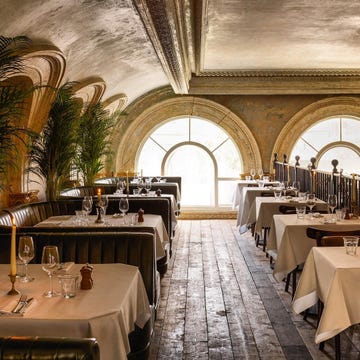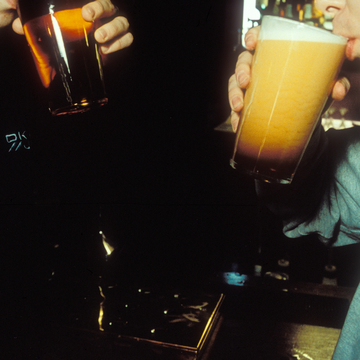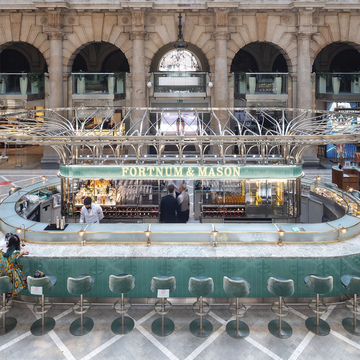Long before there was tequila, there was mezcal. But only in recent years has the more traditional spirit from Mexico—most easily defined by its smoky flavor—made its way north of the border in large enough quantities so that you'll be able to find it at most decent bars across the country.
Like tequila, mezcal is made from the spiky, desert-grown agave plant (and, technically speaking, tequila is a type of mezcal). But while tequila is produced exclusively from Espadín agave, a workhorse plant compared to other low-yield or wild-grown varieties, mezcal can be made from dozens of different agave types.
Mezcal's stylistic diversity makes it excellent fodder for nerding out. As with wine, it is made either single-varietal or a blend, and can be a "single-village" spirit, with the goal of highlighting a particular mezcalero's technique and the local culture and geography. The process of making mezcal is more laborious than that of tequila; instead of roasting the agave hearts in stainless steel, mezcal is made by cooking them in underground pits, known as palenques, over a wood fire, a process that gives the spirit its characteristic aromatic flavor. Most mezcal is made in Oaxaca, but there are 9 Mexican states where it can be produced—allowing for greater geographic diversity than tequila, which comes from 5 regions, primarily Jalisco.
One of mezcal's most enthusiastic proponents in the U.S. is Ivy Mix, who was named "American Bartender of the Year" at the 2015 Tales of the Cocktail, and who recently opened the Latin-inspired bar Leyenda in Brooklyn. Ivy talks about mezcal the way some people talk about art or music, with deep appreciation for its traditions and producers. We tapped her expertise for suggestions on which eight bottles of mezcal to try now (plus one Esquire-exclusive cocktail by Ivy halfway through).
Ilegal Mezcal Reposado
Although Ivy isn't too fond of aged mezcal (the Reposado is aged 2 months to 1 year in oak), she likes this one from Ilegal Mezcal, a company close to her heart. It was at the bar Café No Sé in Antigua, Guatemala, where Ilegal Mezcal got its start, that Ivy became enamored by agave while learning Spanish in her post-college years. This is a good gateway bottle for first-time drinkers.
Fidencio Clásico Joven
"If you don't want to break the bank, this is a great place to start," says Ivy. "It's got lots of flavor—smoky and spicy—and a strong finish." The 100 percent Espadín agave for this mezcal grows for 10 years before harvesting, which allows complexity to develop. Fidencio mezcal is biodynamically produced in Oaxaca—meaning that it's organically farmed and harvested according to lunar cycles.
Vago Ensamble Olla de Barro
A blend of 82 percent Espadín and 18 percent Coyote (pronounced [KAY-OT]), this bottle is from agave grown up to 15 years in the Sola de Vega region, where it is common to use clay pots called olla de barro to distill the spirit. The Coyote lends golden, rich, mineral notes.
Ivy Mix's Cocktail: "Siembra Siempre"
2 oz Siembra Metl
3/4 oz lime
1/2 oz pineapple juice
3/4 oz simple syrup
½ tsp pomegranate molasses
Dash angostura bitters
Shake, serve over ice and top with soda.
Garnish with a lime wheel and pineapple slice.
Siembra Metl Cenizo
This mezcal made of the Cenizo variety hails from the high elevation pine forests of Michoacán, about 400 miles north of Oaxaca. Cenizo has a spiced, floral bouquet, and a nuttiness on the palate. This producer ferments and ages his mezcal in pine and a local wood called Oyamel. It's bright, grassy, and fruity.
El Jorgorio Barril
The Barril variety comes from the Karwinski family, which Ivy says is a blue agave with a log shape. It has a distinct aroma of asparagus and ammonia, and is powerful, smoky and rich on the palate. El Jorgorio has a complete line of single-varietal mezcal for anyone aspiring to true nerdhood.
Leyenda Guerrero
The Cupreata variety is featured in this single-varietal bottling from the Guerrero province just west of Oaxaca. It's not smoky at all, but very complex, with a grassy and fresh nose, a creamy texture, and melon and orange zest flavors.
Del Maguey Espadín Especial
Del Maguey, one of the most widely available mezcals in the States, started out using mostly Espadín, but shifted to focusing on limited-production "single village" mezcals after their Tobola mezcal (see below) caused waves in bartender circles. This 100-percent Espadín bottling is actually from their Tobola producer. "This is what Espadín is supposed to taste like," says Ivy. "They let it grow the right amount of time and take care of the plants." The mezcal is floral, with vanilla and cinnamon on the palate, and a hint of mushrooms (!).
Del Maguey Tobola
Tobola, Ivy says, is "the truffle of agave" because it is foraged at high elevations in Oaxaca and is rich in flavor. The agave for this limited-production bottling grows in a more tame environment amidst a rose garden. It's savory yet delicate, with some cinnamon and mushroom notes.
Originally published on esquire.com



